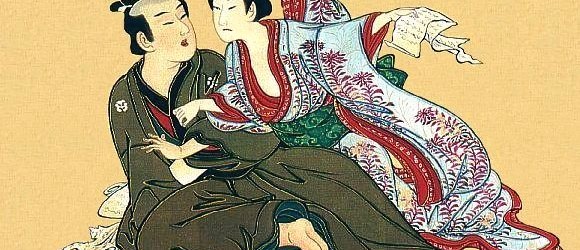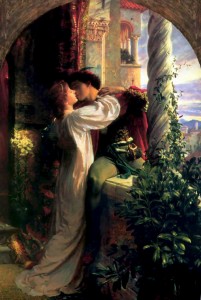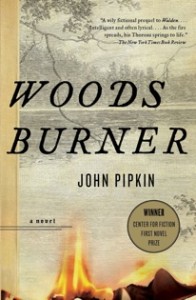Why Historical Fiction?
How to Write Historical Fiction?
Why?
BECAUSE: 1. Love 2. Learn 3. Lore 4. Leap 5. Live
1. Love
For me, I came to love historical fiction when I was about 12. I introduced myself, I think by accident, to Mary Renault — The Bull the Sea — and their other classics. I fell in love with mythology, historical fiction and probably her and her writing.
2. Learn
Not only do I love historical fiction, but I love to learn. Just about anything. For several years I worked as a instructional systems designer/trainer for various corporations and companies. I would go in to the project, not knowing pretty much anything about it, learn it, and then design the training program to teach others to learn. It was fabulous. I learned to run a gas station, figure the cost of gasoline per month etc., install mainframe software, work with all kinds of people who were called, SME’S (Subject Matter Experts).
Historical fiction is like that “high” going in, not knowing much, and opening a new book on the world.
3. Lore
One of the joys of writing Pillow Book of the Flower Samurai was absorbing the folktales, fables and mythology of Japan. The creation myth of Izanagi and Izanami, some of the early gods who turned the seas to create the Japanese Islands.(for your information, all of the fables and tales are accurate — to the best of my ability — except for the first one that Chiba initially tells Kozaishō. I couldn’t find one that fit, so I wrote one.
Every culture, every society and every historical age and era has its lore, myths, stories.
4. Leap off pages
For me, despite the fact that the novel may be involved with mythological or superhuman heroes/heroines, they still need to be real. For me.
We may admire other people’s strengths, but we fall in love with their weaknesses, their foibles. It is with the latter that we identify with them, and fall madly in love with the book.
5. Live–not just dates and battles
Surprisingly, in my early schooling years it seemed that history was always just memorizing dates and battles. Memorizing is one of my least favorite things next to dates and battles. The combination was deadly.
So when I found myself writing historical fiction, I realized that I loved history, I didn’t love the way it had been taught to me. Revelation! I bet I’m not the only one.
THIS:
- 1180 First Battle of Uji
- 1183 Battle of Kurikara
- 1184 Second Battle of Uji
- 1184 Battle of Ichi-no-Tani
- 1185 Battle of Yashima
- 1185 Battle of Dan-no-ura
means much more now, that I have written about several of these battles with a character, Kozaishō, actually in them. It is not merely a number and name. Each of the battle is a real occurrence, actual people fighting and dying in particular situations and circumstances.
How?
A. Research B. Envy C. Combination D. Tools
A. I was fortunate enough to take a class in Researching the Historical Novel from John Pipkin, who wrote, Woodsburner, a recommended book.
He described a circular process, which, I was surprised to find, had been my own to a certain extent. He named this process a circular process — where the author writes, then needs to do some research, which then stimulates more writing which then stimulates more research. This process continues to work for me in my sequel.
B. However, when I read about other historical fiction authors, they often say they did two or three years of research and then “wrote the book.” This creates angst, envy and jealousy, sometimes, in me. Because I cannot do that.
C. Solution? Use a combination. If I have a particular area of concern, e.g. lacquerware or clocks or once I read a book about the Japanese system for determining “safe” and “prohibited” directions for travel. Then I return to my writing, when I hit a ‘snag’ I can mark it and do the research later, or if it is big enough issue, I’ll stop and focus on that particular area concern.
D. Tools:
Writers have many tools available to them today. Here are some of them, followed by their links:
I joined the Historical Novel Society which has been an invaluable resource.
http://historicalnovelsociety.org
Because of some physical limitations/problems, I use voice recognition software, namely,Dragon Dictate (for my Mac) and/or Dragon Naturally Speaking (for my PC).
http://www.nuance.com/for-individuals/by-product/dragon-for-mac/index.htm
http://www.nuance.com/dragon/index.htm
Especially for historical fiction and the amount of research that I need to do, I heartily recommend Scrivener. I have used at least a dozen different word processing systems starting with Word 1.04 and Apple IIe. some of the work that I have done for corporations has included using three or four different word processing systems at the same time.
For me, Scrivener works the best. It was actually developed for the Mac, but they have developed a version for the PC as well.
https://www.literatureandlatte.com
I cannot speak of Scrivener, without mentioning the book, Scriveners for Dummies, and its writer who teaches seminars on it, Gwen Hernandez.
Check out her website, it is well worth the time. And take a look at her book Productivity Tools for Writers, 2013, which would give you a more comprehensive list of tools.
http://gwenhernandez.com















